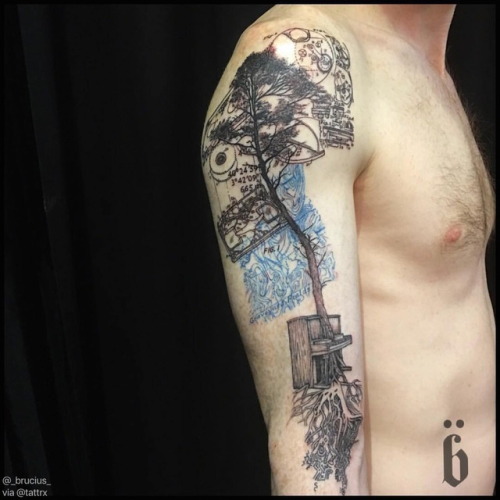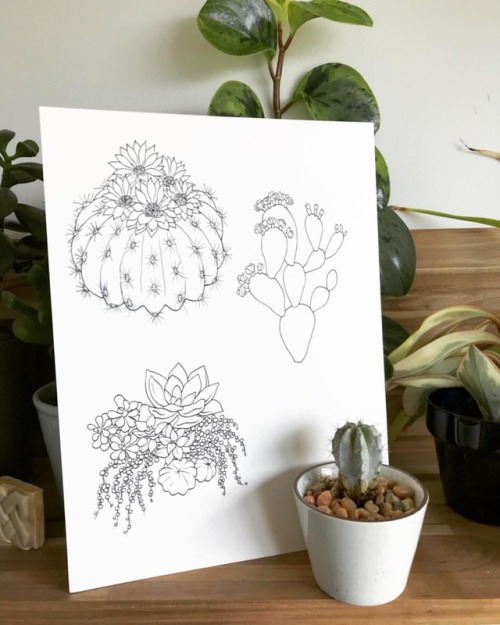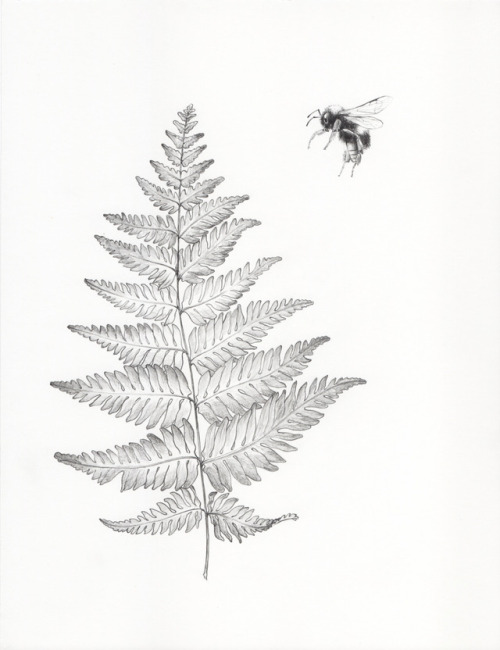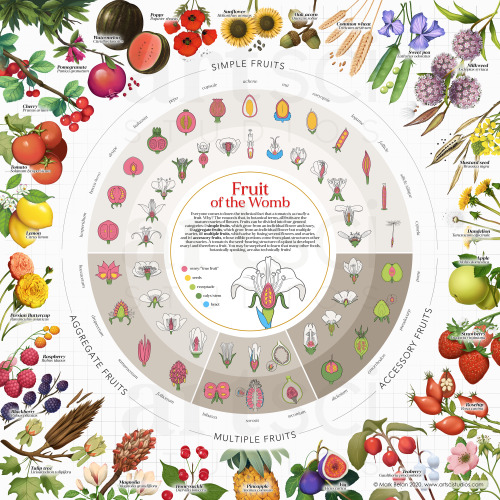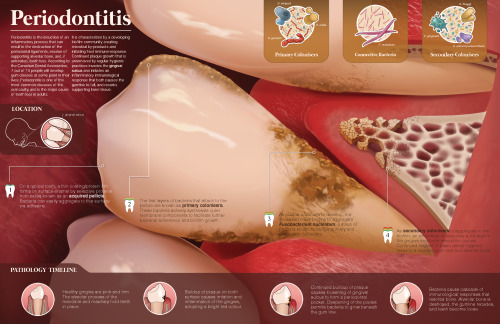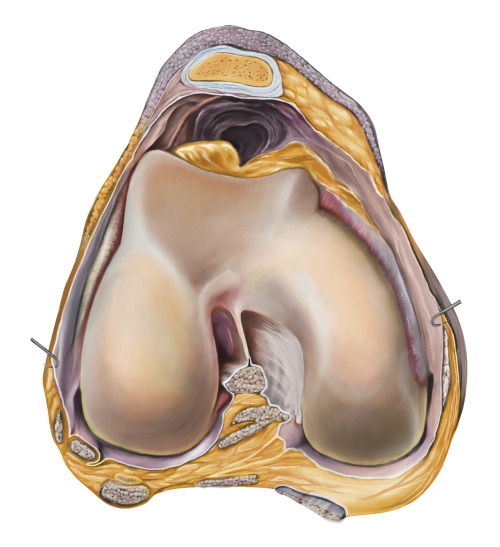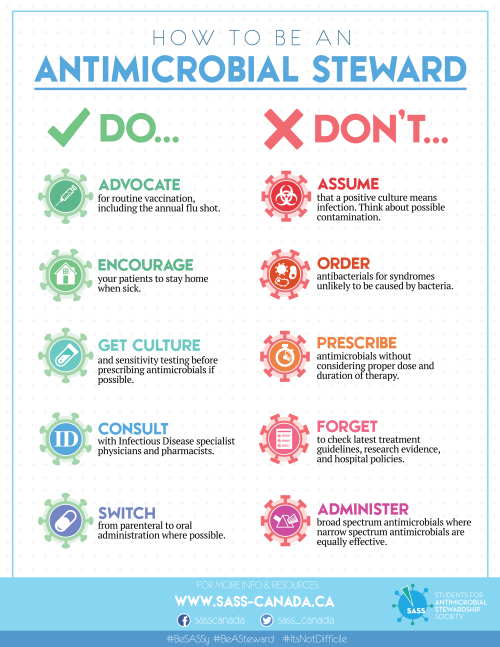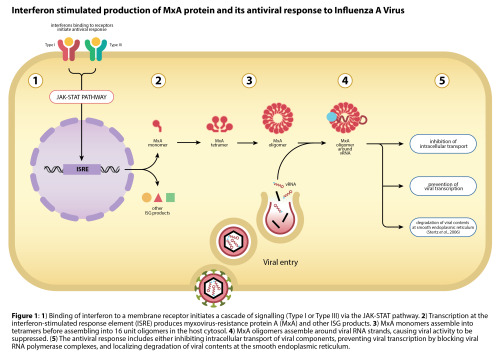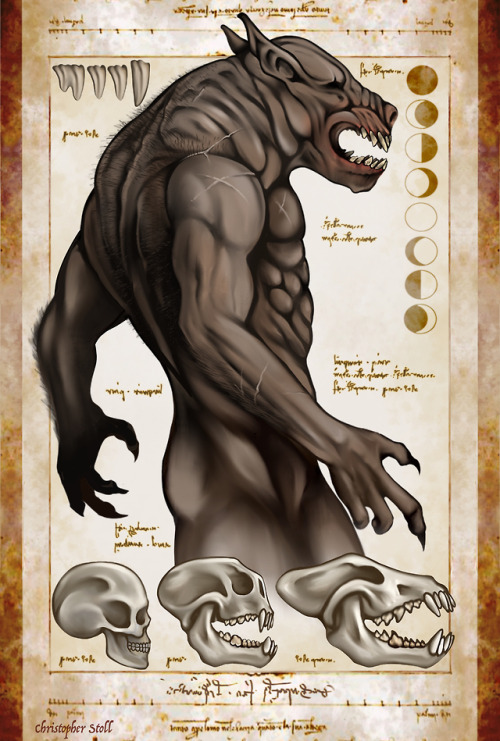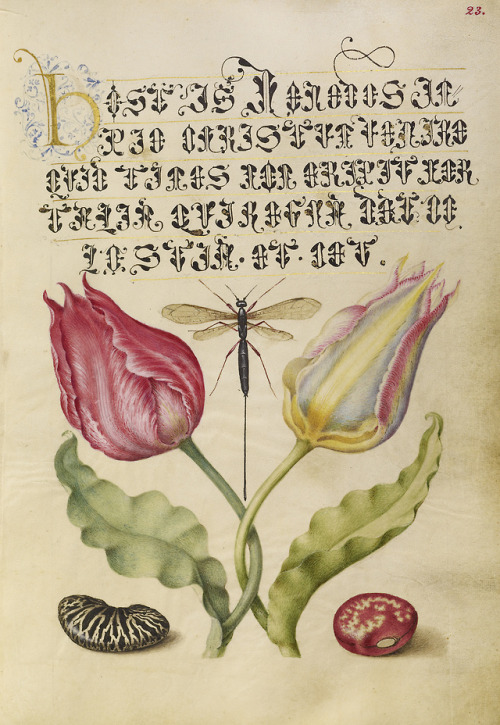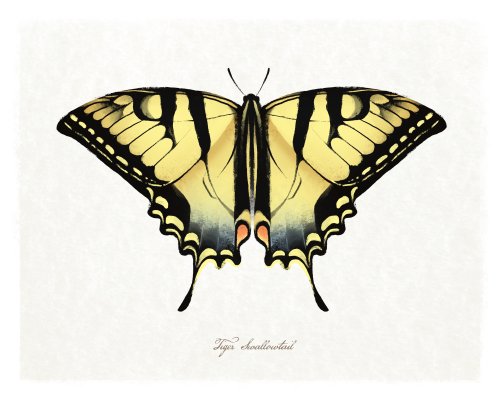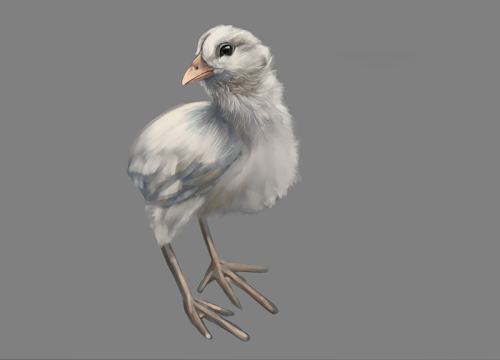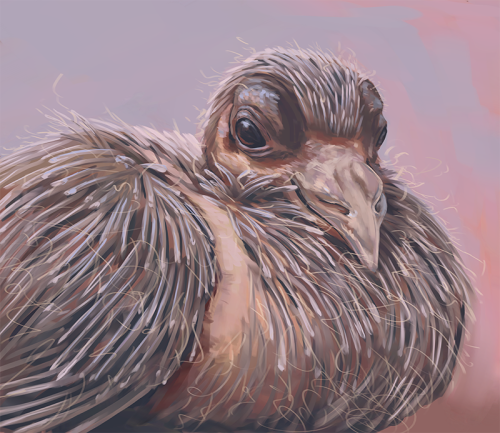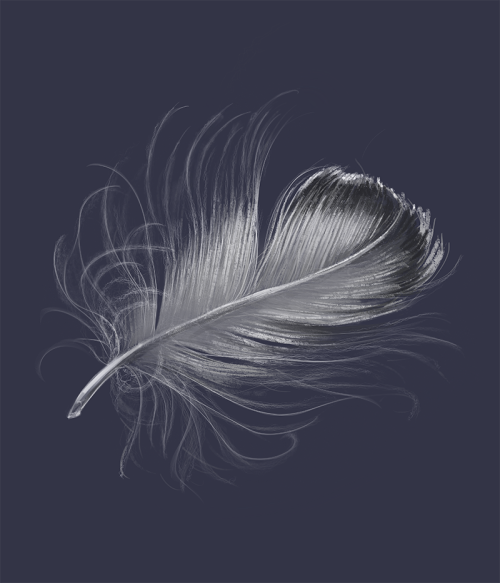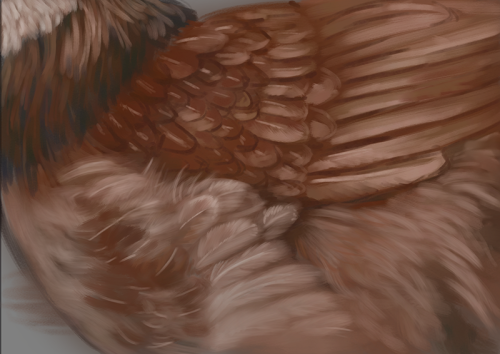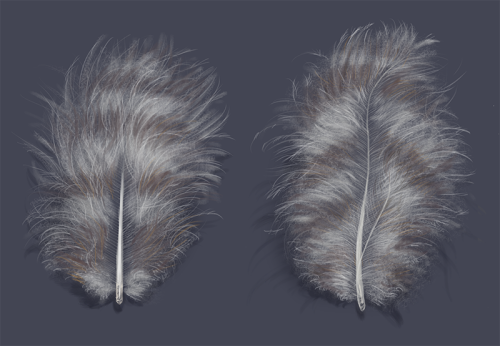#scientific illustration
Painting the Caracal
The Brain Scoop
I’ve been doing the art thing for much longer than I’ve been working in the natural sciences– so it was only time before we got the Field Museum’s only Artist-In-Residence, Peggy Macnamara, to join us for a day of painting in the Brain Scoop studio.
I love this video and Peggy has so many great insights; this quote at the end is my favorite:
I think there’s much more talent out there than ever gets awakened. I think they get discouraged because they see end product. […] but somehow, this, they think they’ve got to come readymade with an idea and ability. It’s just, if it works as a meditation for you, you’re supposed to be doing it, I think. […] And who says nowadays, what’s good and what’s not? Make a thing.
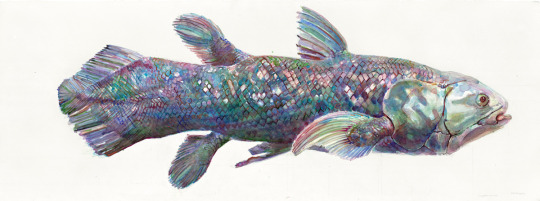



A pacific northwest themed commission! Autumn fern and bumblebee, the whole thing only 8.5″x11″. Eye-melting detail is my bread and butter so this was a real treat.
Post link
Fruit of the Womb: The Botanical Classification of Fruit
I created this illustration to tell the story of where fruits come from. Turns out they come from flowers, and that’s why a tomato is technically a fruit. What started as a fun conversation over dinner this summer spiralled into a deep exploration into pomology, carpology, and botanical literature. Here is my attempt at visualizing all the information I’ve synthesized over these past few months into a useful reference guide.
Hope you learned something new today.
If you’d like to purchase prints or a high-res digital file, please visit my website:
http://www.artscistudios.com/shop
Post link
Periodontitis | November 2016
Two-page spread on the characterization and development of periodontitis.
Post link
Cross Section of Knee | October 2016
Cross section of a knee taken from Pernkopf’s Atlas of Topographical and Applied Human Anatomy. Reproduced freehand in Adobe Photoshop CC.
Post link
Stimulation of Microbially Mediated Arsenic Release in Bangladesh Aquifers by Young Carbon Indicated by Radiocarbon Analysis of Sedimentary Bacterial Lipids
Graphical abstract in a recent science publication by Environmental Science & Technology, ACS Publications.
The paper is available here for purchase.
Post link
How To Be An Antimicrobial Steward | January 2016
Infographic on antimirobial stewardship for Students for Antimicrobial Stewardship Society.
Post link
Interferon stimulated production of MxA protein and its antiviral response to Influenza A Virus | December 2015
A simplified immunological illustration signifying the production of MxA protein via interferon signalling and its method of attack against influenza.
Note: most literature today is unclear of the precise degradation pathways MxA takes with removing viral contents from a host cell.
Post link
Lycanthropy is a very rare genetic disease that dramatically transforms an afflicted human’s physiology and psychology over the course of several months once triggered. It is almost always inherited, but can also develop spontaneously through mutation. Lycanthropy has no known cure and, if allowed to progress to its final stage, will leave the individual as little more than a brutish, carnivorous beast known commonly as a “werewolf”.
The disease starts when proteins in the musculoskeletal system begin folding abnormally. When one of these lycanthropic protein strands touches normal tissue, it forces it to refold to match the abnormal structure, spreading the effect across more of the body. Given enough time, this process will “overwrite” the host’s human form. The average survival span for patients diagnosed with Lycanthropy ranges from four to six months before hallucinations, delirium, and dementia render the sufferer unable to communicate and unsafe to approach.
The age that transformation initiates varies dramatically between 18 to 60 years with an average age of 35. Because transformation tends to occur after the diseased human has had children, lycanthropy propagates easily through generations despite its lethality. The presentation of the disease- and the final bestial form the sufferer takes- manifests differently from person to person, even among the family members.
The disease follows a predictable course during the first several months, beginning with insomnia that intensifies, causing panic attacks, paranoia, and phobias. As the symptoms reach their peak, hallucinatory and aggressive behavior becomes noticeable, and continues for several weeks.
Internal physical changes begin to present. An inability to digest most cooked meals causes severe intestinal distress, and is typically followed by rapid weight changes, depending on the food sources available. Finally, hair begins spreading across the sufferer’s body and visible alterations quickly take hold.
Early myths linked werewolf activity- infection and appearance of fully transformed beasts- with the lunar cycle. It is now understood that, although werewolves may prefer to hunt by moonlight, there is no direct link between the disease and the phases of the moon.
This illustration and text are brief excerpts from my artbook-
A Natural History of the Fantastic.
Post link



These skeletons are now in my shop as stickers! Click below to check them out:
Tulips, Fly, Kidney Bean, and Bean
Joris Hoefnagel, illuminator and Georg Bocskay, scribe.Manuscript: Watercolors, gold and silver paint, and ink on parchment
1561 - 1562; illumination added 1591 - 1596
Source: J. Paul Getty Museum
Post link
Peacock wood engraving, The Naturalist’s Library, published in 1850 by E. Kearny in New York.
(viaUW-Milwaukee Special Collections)
Post link
Bachelorarbeit Teil 5:
Jungvögel haben noch keine Daunenfedern, während Nestflüchter wie Hühner mit Gefieder schlüpfen, schlüpfen Nesthocker wie Tauben nackt, beim Wachsen der Federn sind diese zunächst noch in eine Schutzhülle, die Federscheide gehüllt. Die Federn der Küken, die Nestlingsdune, sind keine echten Daunenfedern, sondern vielmehr veränderte Konturfedern, ähnlich der Halbdune. Im adulten Federkleid sind die Daunen von den darüberliegenden Konturfedern verdeckt.
Von oben nach unten: 2 Haushuhnküken, Taubenküken, gefunden Halbdune (vermutlich Graugans), Haushuhn und Daune (von zwei Ansichten) eines Haushuhns.
Zu den anderen Teilen meiner Bachelorarbeit geht’s hier!
~
Bachelor thesis part 5, click here for all other parts!
Chicks are either precocial and hatch with feathers as chicken chicks or they are altricial chicks such as doves or pigeons and hatch naked. When growing, feathers are covered in a feather sheath. The feather of chicks are not down feathers though they might look like it. They are special contour feathers, comparable to the “half down feathers” of the adult birds. In the adult bird, the body down is underneath the outer contour feathers.
From the top to the bottom: 2 chicken chicks, pigeon chick, half down feather (probably greylag goose), chicken and down feather of a chicken.
Post link





